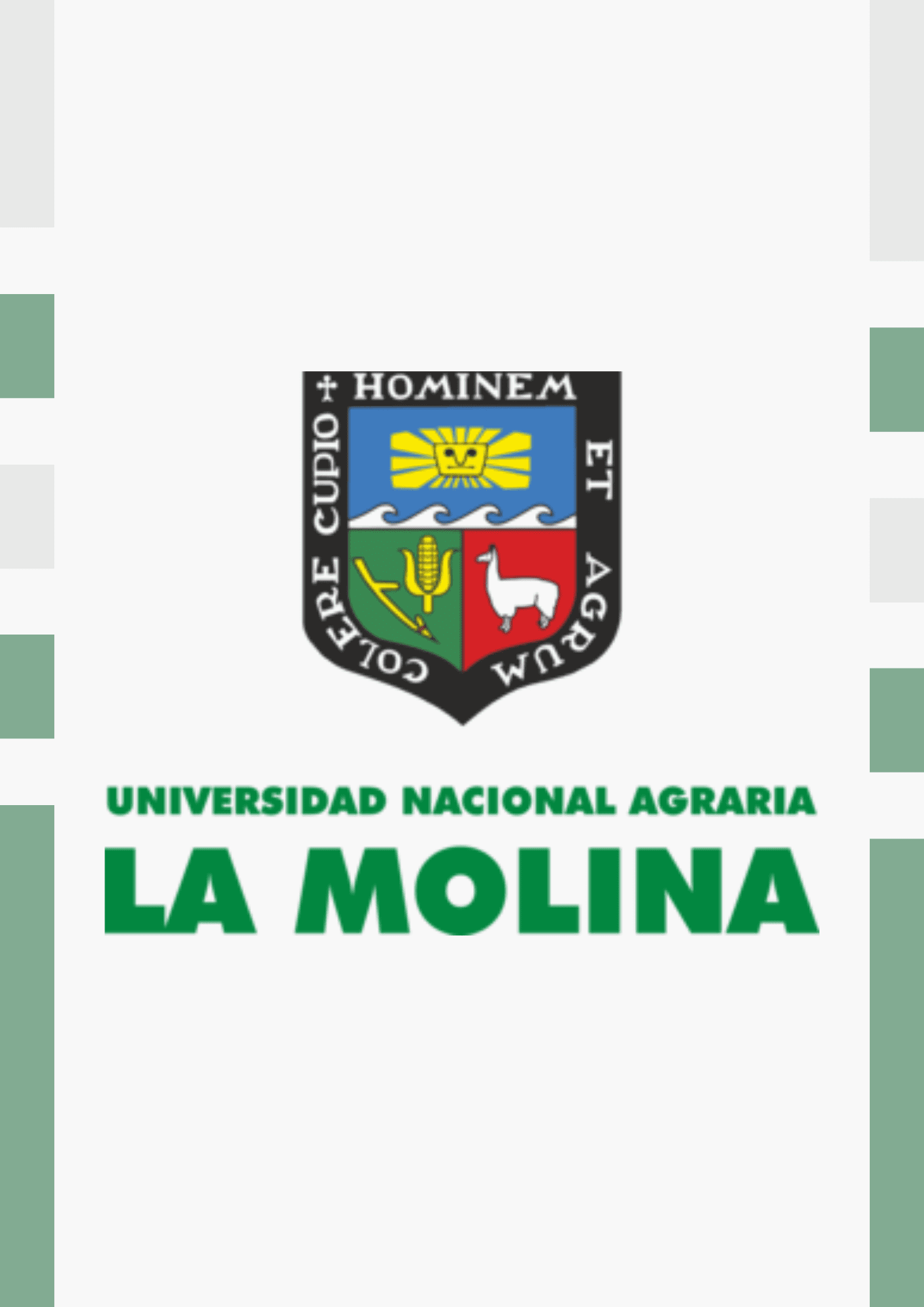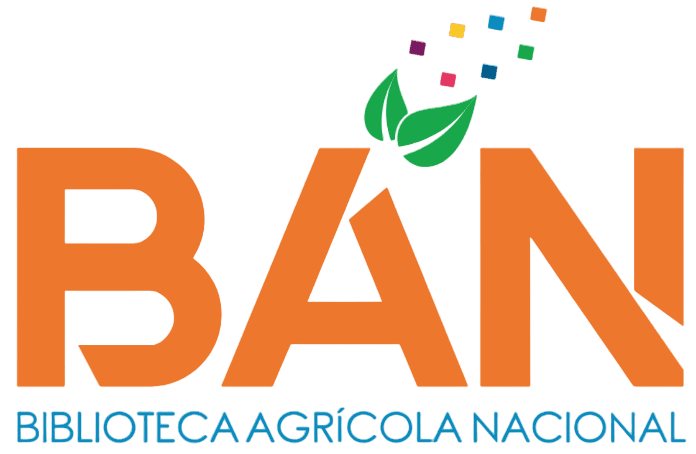Caracterización histomorfológica y de proteínas secretadas por el oviducto, y su interacción con el transporte espermático en alpacas
| dc.contributor.advisor | Mellisho Salas, Edwin Alberto | |
| dc.contributor.author | Sánchez Caycho, Katherine Lourdes | |
| dc.date.accessioned | 2025-02-25T21:25:53Z | |
| dc.date.available | 2025-02-25T21:25:53Z | |
| dc.date.issued | 2025 | |
| dc.description | Universidad Nacional Agraria La Molina. Escuela de Posgrado. Doctorado en Ciencia Animal | |
| dc.description.abstract | El oviducto proporciona un microambiente óptimo para el transporte y maduración de los gametos, fecundación y desarrollo embrionario. La alpaca presenta particularidades como especie de ovulación inducida y desarrollo fetal predominantemente en el cuerno uterino izquierdo (98%). Este trabajo tiene dos objetivos; comparar la histomorfometría del oviducto izquierdo y derecho de la alpaca, y analizar la composición proteómica del fluido oviductal, después de la inseminación artificial. En un primer experimento, se recuperaron, diseccionaron y procesaron mediante técnica histológica oviductos (n = 5 animales, entre 4 y 6 años) con folículo dominante en el ovario derecho, y se empleó la tinción H&E y PAS, para la medición de parámetros morfométricos y porcentaje de tipo celular, respectivamente. Además, se realizó una reconstrucción de imagen 3D y elaboración de moldes intraoviductales de resina (poliuretano PU4ii) (n = 2 animales). Los datos multivariables de los parámetros se analizaron con ANOVA y análisis de componentes principales. En un segundo experimento, se realizó la inseminación intrauterina (con 40 x 106 espermatozoides mótiles a 18 h) tras la ovulación inducida con GnRH en alpacas con folículo dominante (≥ 7 mm). El faenado de alpacas y la recuperación de los oviductos se programaron a las 0, 6 y 12 h post-inseminación. El fluido oviductal se centrifugó, liofilizó y se analizó por espectrometría de masas (NanoLC-MS/MS). La búsqueda e identificación de proteínas se realizó con el software Mascot; y la organización de los datos, el análisis y la cuantificación, se realizaron con el programa ProteoIQ v2.8. Los parámetros histomorfométricos, porcentaje de tipo celular, reconstrucción 3D y moldes de resina, de los oviductos izquierdo y derecho, no mostraron diferencias significativas (p > 0,05). Se identificaron 499 proteínas del fluido oviductal de hembras post-inseminadas. El análisis de componentes principales del perfil proteico del fluido oviductal recuperado de alpacas post-inseminadas mostró una discriminación del grupo 12 h de los grupos 0 y 6 h. Los oviductos, izquierdo y derecho, no mostraron diferencia significativa (p > 0,05), no pudiéndose explicar la predominancia del desarrollo fetal en el cuerno uterino izquierdo. Las proteínas diferencialmente expresadas están implicadas en el transporte espermático, un factor clave para la fecundación. | |
| dc.description.abstract | The oviduct provides an optimal microenvironment for gamete transport and maturation, fertilization and embryonic development. The alpaca has particularities as a species with induced ovulation and fetal development predominantly in the left uterine horn (98%). This work has two objectives; to compare the histomorphometry of the left and right oviduct of the alpaca, and to analyze the proteomic composition of the oviductal fluid, after artificial insemination. In a first experiment, oviducts (n = 5 animals, between 4 and 6 years old) with a dominant follicle in the right ovary were recovered, dissected and processed using histological technique, and H&E and PAS staining were used to measure morphometric parameters and cell type percentage, respectively. In addition, a 3D image reconstruction and the preparation of intraoviductal resin molds (polyurethane PU4ii) were performed (n = 2 animals). Multivariate parameter data were analyzed using ANOVA and principal component analysis. In a second experiment, intrauterine insemination (with 40 x 106 motile sperm at 18 h) was performed after GnRH-induced ovulation in alpacas with dominant follicle (≥ 7 mm). Alpaca slaughter and oviduct recovery were scheduled at 0, 6, and 12 h post-insemination. Oviductal fluid was centrifuged, lyophilized, and analyzed by mass spectrometry (NanoLC-MS/MS). Protein search and identification was performed using Mascot software; and data organization, analysis, and quantification were performed using ProteoIQ v2.8. Histomorphometric parameters, cell type percentage, 3D reconstruction and resin casts of the left and right oviducts did not show significant differences (p > 0.05). 499 proteins were identified from the oviductal fluid of post-inseminated females. Principal component analysis of the protein profile of oviductal fluid recovered from post-inseminated alpacas showed a discrimination of the 12 h group from the 0 and 6 h groups. The left and right oviducts did not show significant differences (p > 0.05), which could not explain the predominance of fetal development in the left uterine horn. The differentially expressed proteins are involved in sperm transport, a key factor for fertilization. | |
| dc.format | application/pdf | |
| dc.identifier.uri | https://hdl.handle.net/20.500.12996/6989 | |
| dc.language.iso | spa | |
| dc.publisher | Universidad Nacional Agraria La Molina | |
| dc.publisher.country | PE | |
| dc.rights | info:eu-repo/semantics/openAccess | |
| dc.rights.uri | https://creativecommons.org/licenses/by-nc-nd/4.0/ | |
| dc.subject | Alpaca | |
| dc.subject.ocde | Pendiente | |
| dc.title | Caracterización histomorfológica y de proteínas secretadas por el oviducto, y su interacción con el transporte espermático en alpacas | |
| dc.type | info:eu-repo/semantics/doctoralThesis | |
| dc.type.version | info:eu-repo/semantics/publishedVersion | |
| renati.advisor.dni | 32042572 | |
| renati.advisor.orcid | https://orcid.org/0000-0001-7171-1991 | |
| renati.author.dni | 45795967 | |
| renati.discipline | 811028 | |
| renati.juror | Calderón Velásquez, Jorge Pedro | |
| renati.juror | Villanueva Espinoza, María Elena | |
| renati.juror | hávez Cossio, Juan Francisco | |
| renati.juror | Yániz Pérez de Albéniz, Jesús Luis | |
| renati.level | https://purl.org/pe-repo/renati/level#doctor | |
| renati.type | https://purl.org/pe-repo/renati/type#tesis | |
| thesis.degree.discipline | Ciencia Animal | |
| thesis.degree.grantor | Universidad Nacional Agraria La Molina. Escuela de Posgrado | |
| thesis.degree.name | Doctoris Philosophiae - Ciencia Animal |
Files
Original bundle
1 - 3 of 3
Loading...
- Name:
- sanchez-caycho-katherine-lourdes.pdf
- Size:
- 3.04 MB
- Format:
- Adobe Portable Document Format
- Description:
- Texto completo

- Name:
- ANALISIS ANTIPLAGIO.pdf
- Size:
- 3.04 MB
- Format:
- Adobe Portable Document Format
- Description:
- Informe originalidad

- Name:
- Formato de REPOSITORIO.pdf
- Size:
- 120.24 KB
- Format:
- Adobe Portable Document Format
- Description:
- Autorización
License bundle
1 - 1 of 1

- Name:
- license.txt
- Size:
- 1.63 KB
- Format:
- Item-specific license agreed upon to submission
- Description:

